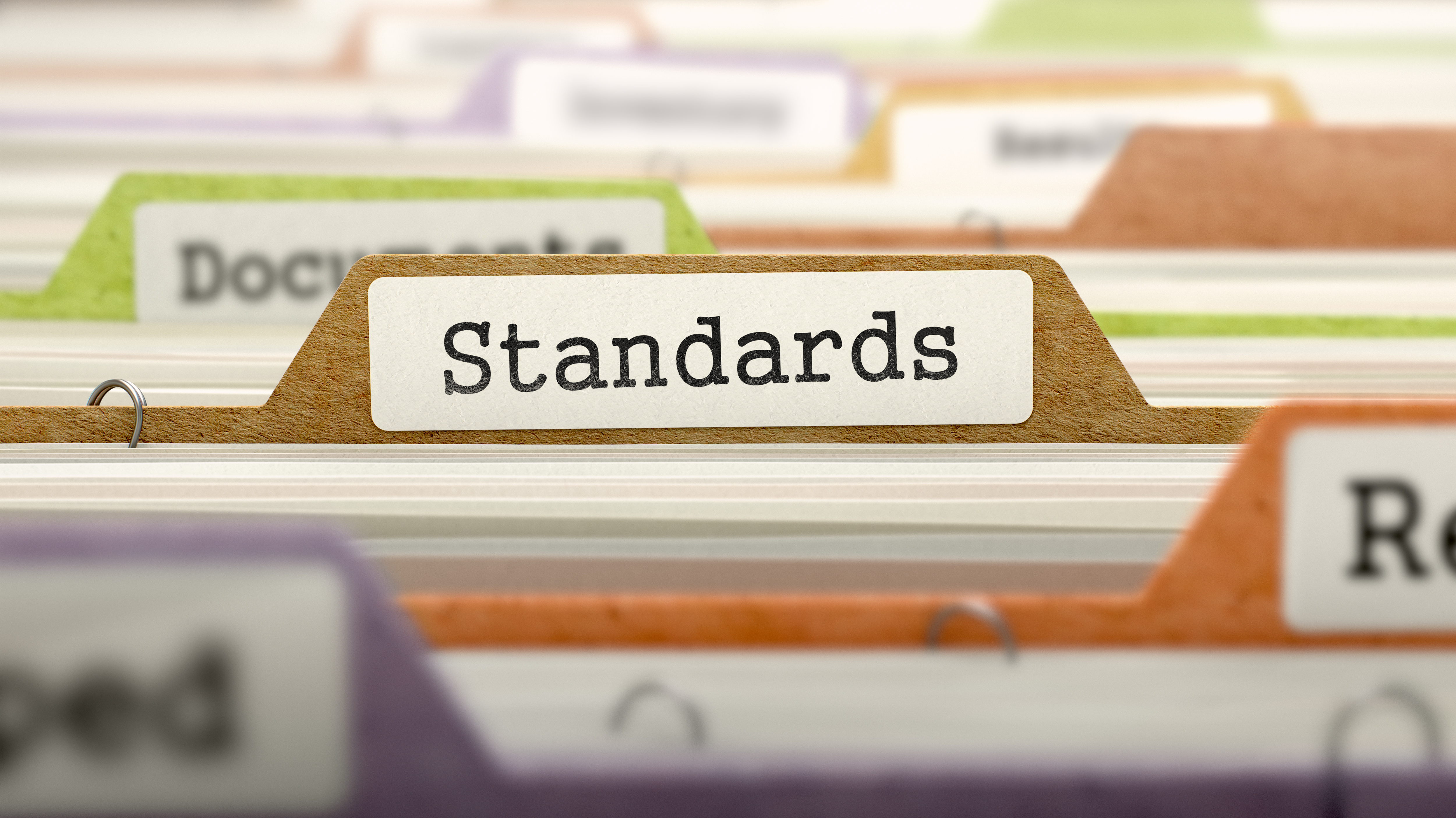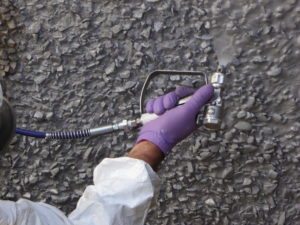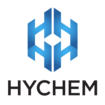How To Ensure your Chemical Bund Complies with Industry Standards

Within the water industry, secondary containment systems or ‘bunds’ must be constructed to protect environments from spills where chemicals are stored. Complying with industry standards of bund materials and construction methods are vital to ensuring the overall success and integrity of the bund.
When to use a bund?
A bund must be used to store any liquid apart from rainwater, and the requirement for bunding should be determined on a site-by-site basis. Materials including floor slabs and bund walls must be both compatible and able to withstand the impacts of the contained liquid.
Concrete is the recommended material for construction, however it must be provided with a coating that is able to withstand the stored liquid.
Facilities that should have bunded areas include:
- Storage facilities for chemicals, pesticides or petroleum
- Electrical transformers containing oil and/or Polychlorinated biphenyls (PCBs)
- Facilities used to transfer stored liquids (such as transport facilities)
- Drum storage areas, either temporary or permanent
- Processing areas
- Wineries, breweries and milk processing plants
- Any other facilities that store substances other than water or uncontaminated stormwater
- Any other locations where spills are common, including transfer points, workshops, factories, service stations, wash bays, and other areas in which a material is transferred from its container
Bund construction
There are several different types of bunds including a ramp, hump, square or channel bund, and key considerations must be noted.
For bulk liquid storage tanks, bunds should include:
- A bund area big enough to contain 120 per cent of the volume of the largest tank. For flammable liquids, bund capacity should be at least 133 per cent of the net capacity of the largest tank.
- All pipework constructed over the bund wall rather than through, to prevent leakage.
- A blind collection sump
- Drains to sewer or slops tank
- A collection sump
- A truck loading and unloading area undercover
- A truck unloading area
- A high level detector installed in each tank
- A system that ensures that spills from hose couplings fall within bund area
Industry Standards
There are a wide range of industry standards that vary slightly between states, councils and water authorities. As most coating applications are in aggressive environments, effective long term protection is required. The EPA in WA, South Australia and Victoria have published similar guidelines to help contractors and water boards comply with industry best practice.
These regulations, should be considered in conjunction with those issued by product suppliers and relevant Australian and International Standards.
WSAA have also recently published the WSA 201 Manual for Selection and Application of Protective Coatings to help contractors in adopting best practice methods in choosing and applying the the correct corrosion protection to water industry structures, equipment and network infrastructure.
The manual covers all technical requirements for the selection, supply, surface preparation, application, inspection and repair of protective coating systems on new and existing infrastructure.
The following are a list of standards available for purchase from Standards Australia:
- AS 1940-1993 The storage and handling of flammable and combustible liquids
- AS 4326-1995 The storage and handling of oxidising agents
- AS 4081-1993 The storage, handling and transport of liquid and liquefied polyfunctional isocyanates
- AS 2714-1993 The storage and handling of hazardous chemical materials – Class 5.2 substances (organic peroxides)
- AS 3780-1994 The storage and handling of corrosive substances
- AS 2507-1984 The storage and handling of pesticides
- AS 2865-1986 The safe working in a confined space
- AS/NZS 4452-1997 The storage and handling of toxic substances
Choosing a coating for your bund
Hychem epoxy systems formulates and manufactures a broad range of construction resins that are approved by Sydney Water and WSAA standards. They have proven results across all water utility infrastructure including wastewater treatment plants, pump stations, emergency overflow storage tanks, manholes a well as fresh water treatment plants.
Colin Murphy, Product Manager from Hychem, said that the challenge for Materials Engineers when choosing the coating for a bund, lies in choosing a material that is able to withstand the complete mixture of chemicals present.
“A successful coating must be able to withstand the full range of chemicals present, not just one.
“The coating protects the environment if a spill was to occur, but also protects the bund from breaking down.
“To choose the best coating, you need to first carefully examine all design and material criteria.
“Hychem offers technical assistance at the design phase right through the lifespan of the product. We work closely with design teams, consulting engineers, water authorities and project managers to ensure a high standard system is applied, no matter the job or location,” Mr Murphy said.
Hychem TL5 and TL9
Hychem provides two main products for the protection of bunding for a range of chemicals and across a range of industries.
Hychem’s TL9/E900 bund-coating product is a flexible, high impact epoxy coating with excellent resistance to a wide range of chemicals from concentrated sulphuric acid (98 per cent solution) to hydrocarbons, caustic solutions and aqueous salts.
Other benefits of the TL9 range include:
- Highly chemically resistant next generation novolac.
- Available as a thixotropic spray formula or can be roller applied.
- Film thickness from 150 microns to 3mm possible in one application.
- Can be used with Hychem E900, an elastomeric novolac binder that complements the TL9 range, to provide a heavy duty base layer. Proven performer in a range of very harsh acid environments.
- 100 percent success record in bunds.
- Long service life and warranty.

Hychem TL5 coating can be coupled with Hychem E500P and E500T as a surface filling compound applied before the coating.
The TL5 product meets Australian Standard ‘AS 4020:2005: Testing for products for use in contact with drinking water’ and can thus be used in pipelines and storage vessels for potable water. TL5 is approved by SA water and is also compliant with the requirements of Sydney Water Standard Specification 204.
Other features and benefits of Hychem TL5 include:
- Applied by plural component spray, can be trowel applied to small difficult to access areas
- Fast cure, early return to service
- High acid resistance
- High caustic resistance
- High solvent resistance
- Monolithic ultra high build in one application
- High fat resistance
- High hydrocarbon resistance
- Good intercoat adhesion
- Bonds to damp concrete
- High impact strength
For more information on coatings for bunding, please view Hychem’s Bund, Pit and Sewer Lining range.
